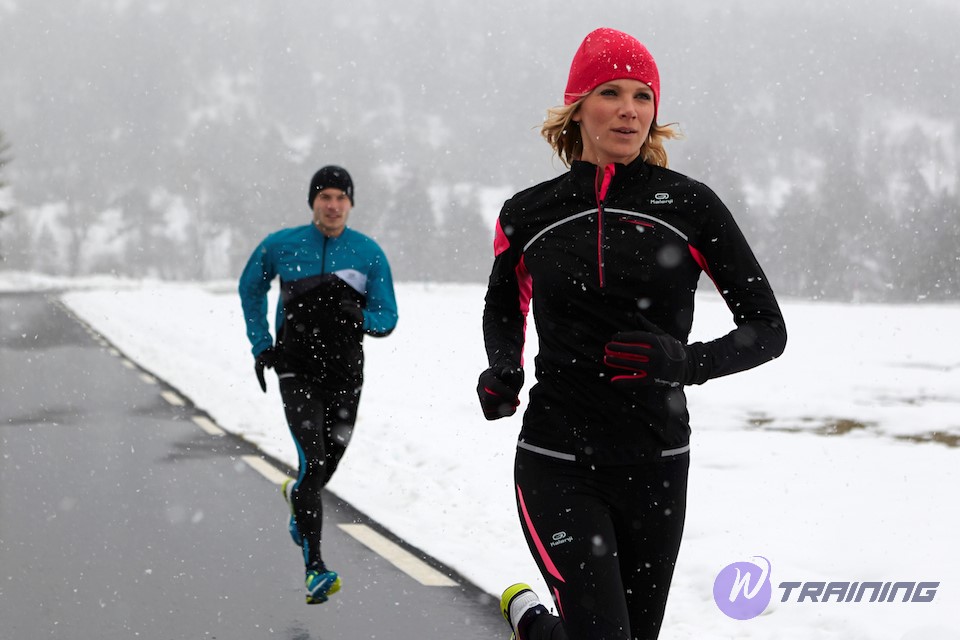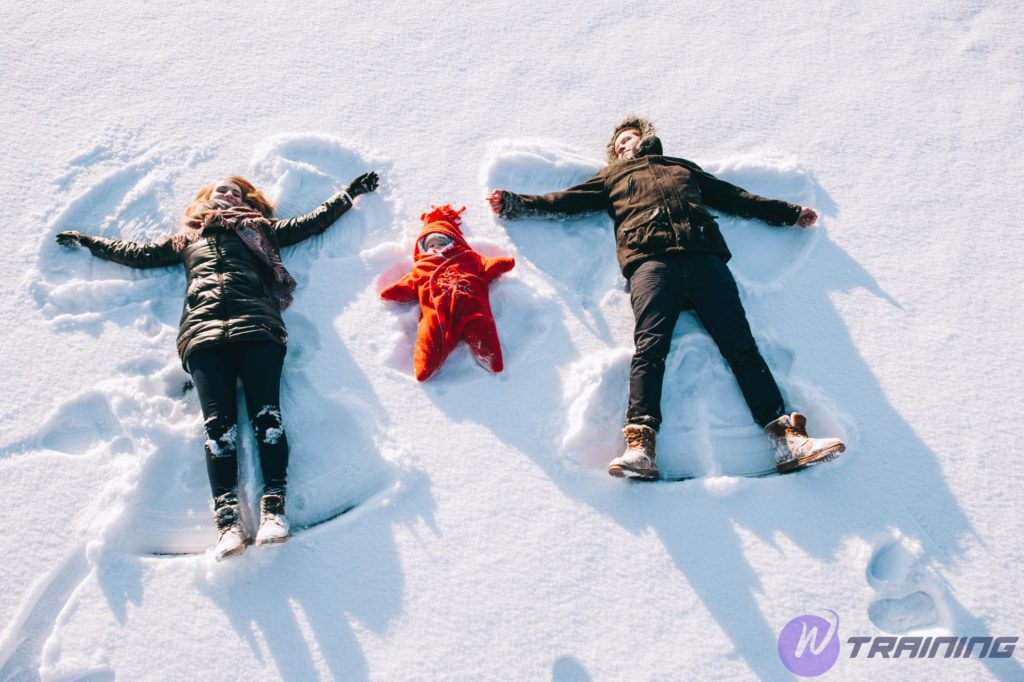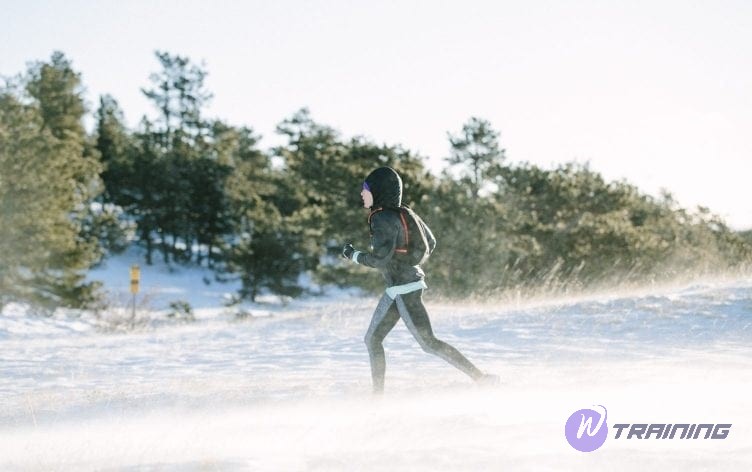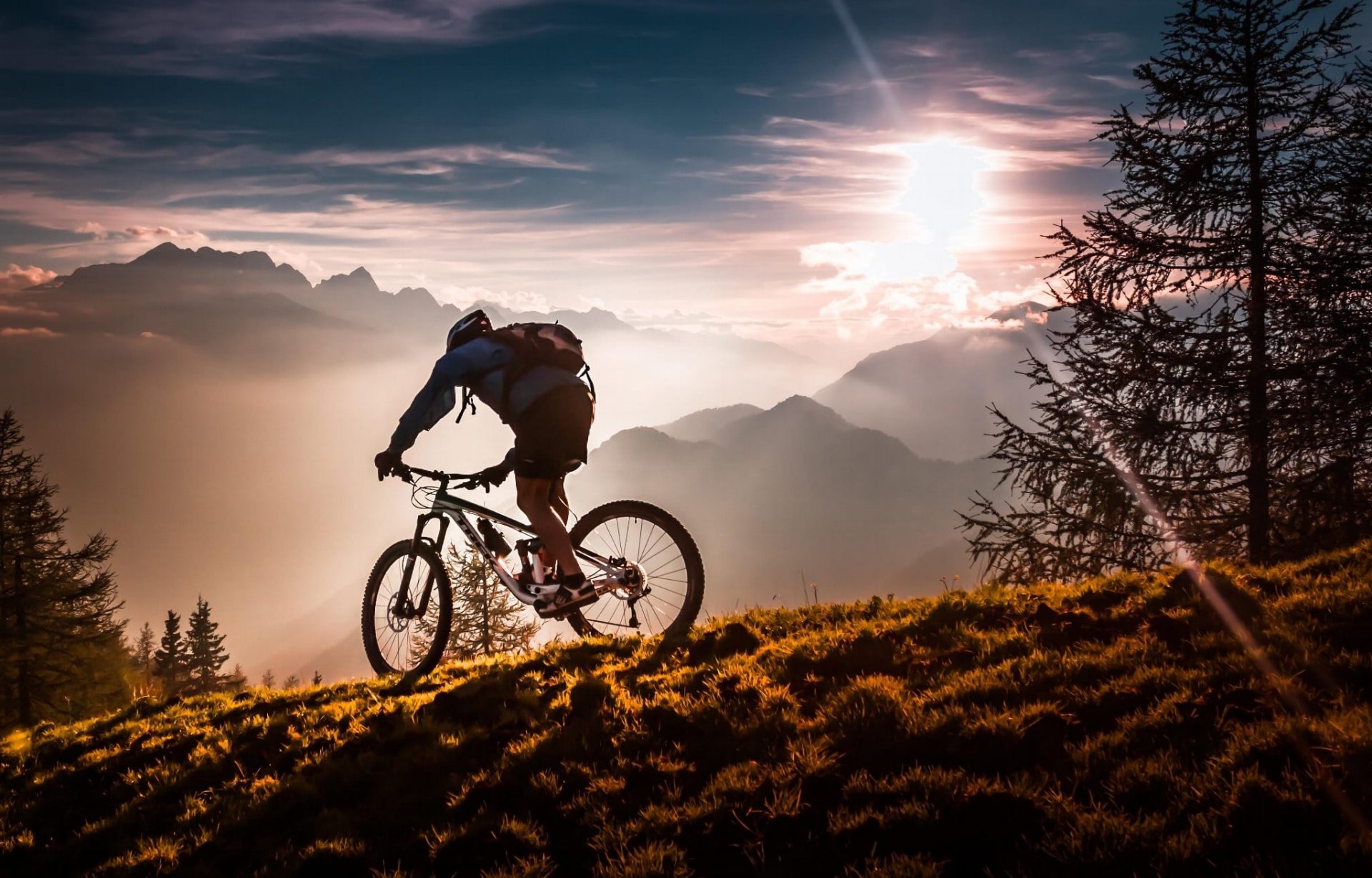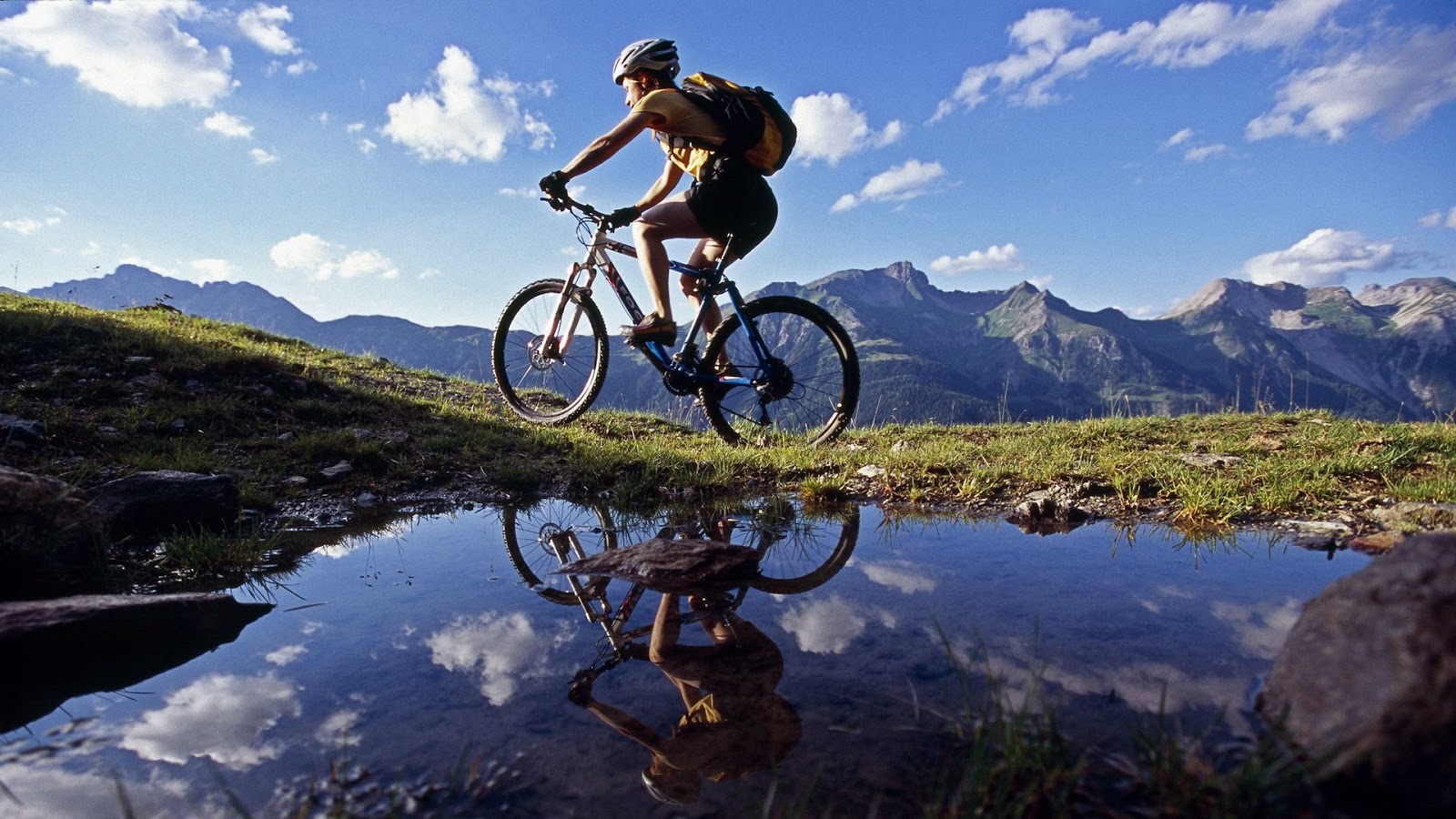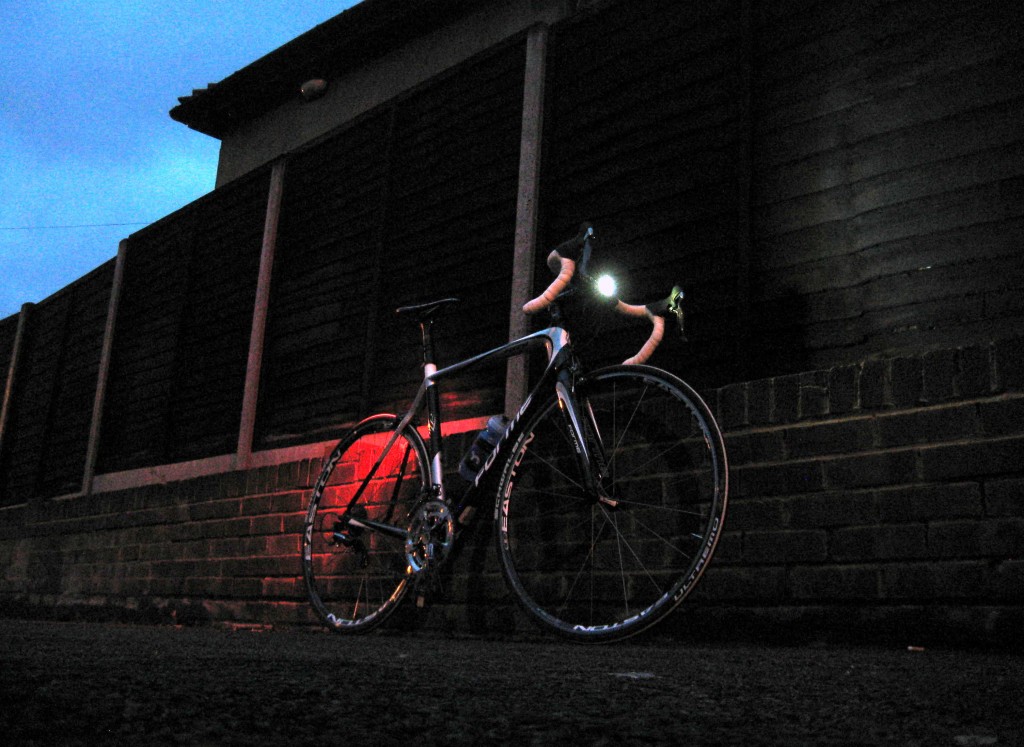Running in snow divides runners into two camps: those who say, “You can’t run in that!” and those who continue to run, albeit with minor route or training schedule changes. If you’re in the first camp, here are some pointers to help you safely transition into the second.
What are the benefits of running in cold weather?
While there may be some risks associated with running in cold weather, there are certainly some benefits, too.
-
Increases your aerobic activity
A major benefit of running in cold weather is that you’re getting some aerobic exercise.
According to the Centers for Disease Control and Prevention, adults need an average of 150 minutes of moderately intense aerobic activity or 75 minutes of more vigorous exercise per week (CDC). A few brisk runs outside could easily help you achieve those objectives.
-
Revs up your metabolism
Additionally, the cool temps themselves might actually rev up your metabolism and help change your body composition.
-
Burns calories
A 2014 study discovered that men exposed to cooler temperatures overnight for a month had a significant increase in brown fat, which burns calories rather than storing them like white fat.
If you want to lose a few pounds — or keep the weight off that you’ve already lost — this could be a benefit that motivates you to keep going.
See also: What Are The Best Waterproof Running Shoes for Winter?
Survival tips to enjoy running in snow
-
Keep a close watch, and know where you are stepping
Of course, fresh snow is preferable to packed snow or ice. However, keep in mind that fresh powder can easily conceal slick pavement spots. Fresh snow provides better traction and reduces the likelihood of slipping.
One thing to keep in mind is that when rain turns to snow, the base layer can become slippery, so be cautious if you’re in those conditions.
-
Consider shoes specifically made for ice/snow conditions
Especially if you have a lot of days where you have to run in the snow and ice. In general, these running shoes offer better traction, keep your feet warmer/dryer, and are more water-resistant.
Here are two different lists of top-rated snow and ice shoes; the first is for women only, and the second is a more comprehensive/inclusive list. Trail running shoes, on the other hand, will provide more traction.
Also, keep in mind that some shoes have gaiter attachments to keep snow out of your shoes. (Alternatively, they can be purchased separately.)
-
Consider snowshoes
Consider purchasing a pair of snowshoes for running. Snowshoes provide virtually limitless opportunities for new trail development. It’s a difficult trail the first time through, but after a few times out on the same path, you’ll be able to run the trail you blazed with surprising ease.
-
Find a trail to run
Trails see less traffic and are more likely to be covered in snow than ice. If the trail snow becomes more packed, the above-mentioned spike option (Yak Trak) or trail shoes will come in handy. Trail running also serves as a subtle reminder to take in your surroundings and slow down – both of which are frequently required when running in snow.
-
Shorten your stride, and slow your pace
This is NOT the time to focus on speed, intervals, or intense workouts. However, keep in mind that running on softer snow is similar to running on a sandy beach. You’ll run slower, but harder, and engage muscles that would normally go unnoticed during a pavement or track run. Here are some additional advantages to running in cold weather.
Additionally, keep your feet close to the ground and avoid vertical bounce. You’ll be more efficient and less likely to slip and slide.
-
Alternate your snowy runs with treadmill runs
Running in snow puts your balance and stability to the test to a much greater extent. Your inner/outer legs, in particular, will feel the strain, and you will be sore as a result. Alternate a “snow run” with a treadmill run if you have access to one until you’ve developed more tolerance and stability in the snow.
-
When in doubt – walk it out
It makes no difference how fast you can finish a run if you end up on your bum and possibly injure yourself. Simply slow down and walk it out – and remember that running in snow has its own set of challenges and benefits.
-
Run at lunch, or mid-day if possible
The brighter, hopefully, sunny conditions allow you to spot ice more easily. Plus, it warms up ice so that it’s more slush-like.
-
Eye and skin protection
While the majority of your body is likely covered while running in snow and ice, your eyes and face are very likely exposed. Snow can reflect up to 90% of the sun’s rays, so apply sunscreen to your exposed areas. If at all possible, avoid wearing polarized sunglasses, which make seeing detail in snow/ice more difficult.
-
Running on ice
Quite simply, don’t. OK, that’s probably a bit too simplistic – and not very helpful. Yet, do your very best to avoid ice! In addition, remember these pointers:
-
- Always opt for a clearer, drier path.
- Walk the icy patches. Walking provides better stability.
- If it’s a familiar route, know which side of the road melts and freezes quickly. Of course, shady areas tend to freeze slower, stay icy longer
-
Consider changing up the day you run, or run on a treadmill
When it comes to training, it is always best to think long term. If you’re training for a big race, rescheduling your key workout for a different day (or doing a treadmill run) is a better option. A month-long injury from a possible fall or slip is not worth a single workout.
What to wear when running in snow
There’s an old expression often attributed to the people who live in Scandinavia that’s applicable here: “There’s no such thing as bad weather, only bad clothing.” So, if you want to run outside when the air is frosty, it’s important to have good clothing.
Remember: You’ll warm up and start to sweat, so keep that in mind when you get dressed. That’s when those layers come in handy.
Here are suggestions for your basic outdoor run wardrobe. You may need to vary some of it, depending on how cold it is where you live:
-
Gloves
In cold weather, your feet and hands are especially vulnerable to the cold — and at risk for frostbite. Don’t forget the gloves or mittens, whichever you prefer. You could even wear a pair of thin gloves made from a material that wicks away sweat, then put a heavier pair of mittens or gloves on top.
-
Socks
Put the cotton socks back in the drawer and choose socks that will wick away perspiration and keep your feet dry and warm. Wool socks are a good choice.
-
Running hat
A lightweight hat or beanie that covers your ears should be on your must-have list. Again, it’s never a bad idea to choose a fabric that wicks away moisture.
-
Baselayer
Wool or a technical fabric should be your go-to choice for long-sleeve shirts that function as a base layer to keep your body warm. As with your socks, avoid cotton since it can get and stay wet next to your skin.
-
Pullover
Don this item of clothing after you put on your base layer. Some people like wool, others like fleece.
-
Jacket
Here’s another layer for you. Some runners prefer a wind-resistant layer on top. Depending on the weather, a waterproof or water-resistant jacket might be a good option for you. Pockets are a matter of personal preference, but remember, they can be a good place to temporarily stash your gloves if you need to do so.
-
Running tights or pants
Some runners love a fleece-lined legging to run in. In very cold climates, some runners layer a pair of tights under a pair of pants.
-
Running shoes
Make sure you wear running shoes that fit your feet correctly. If you wear thicker socks in the winter, make sure your shoes accommodate them. Look at the bottom of the shoes, too. You want to make sure they have enough traction to grip the road or trail, so you don’t slip if it’s slippery from rain, snow, or ice.
-
Sunscreen
If your face is exposed to the elements, it’s vulnerable, too. Apply a broad-spectrum sunscreen with an SPF of at least 30.
Running in snow and ice requires your stabilizing muscles on the inner and outer legs to work twice as hard as running in a normal weather pattern. Hope these tips can help you keep your motivation.
Read more:
Buy Winter Running Shoes, Should or Shouldn’t?
Running Gear For Rain and Wind: How to Handle A Rainy Race
